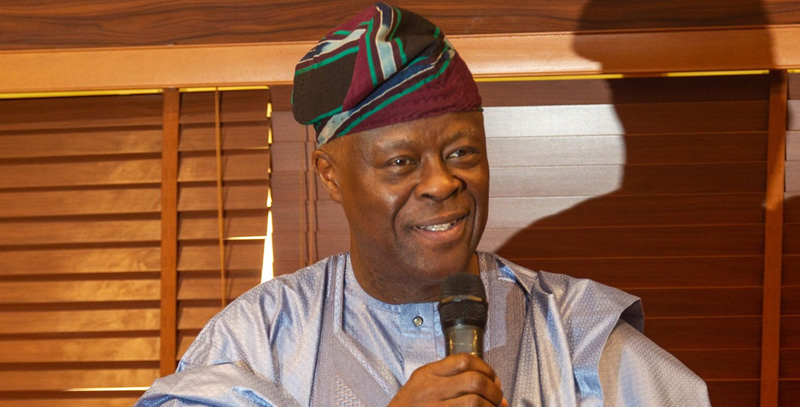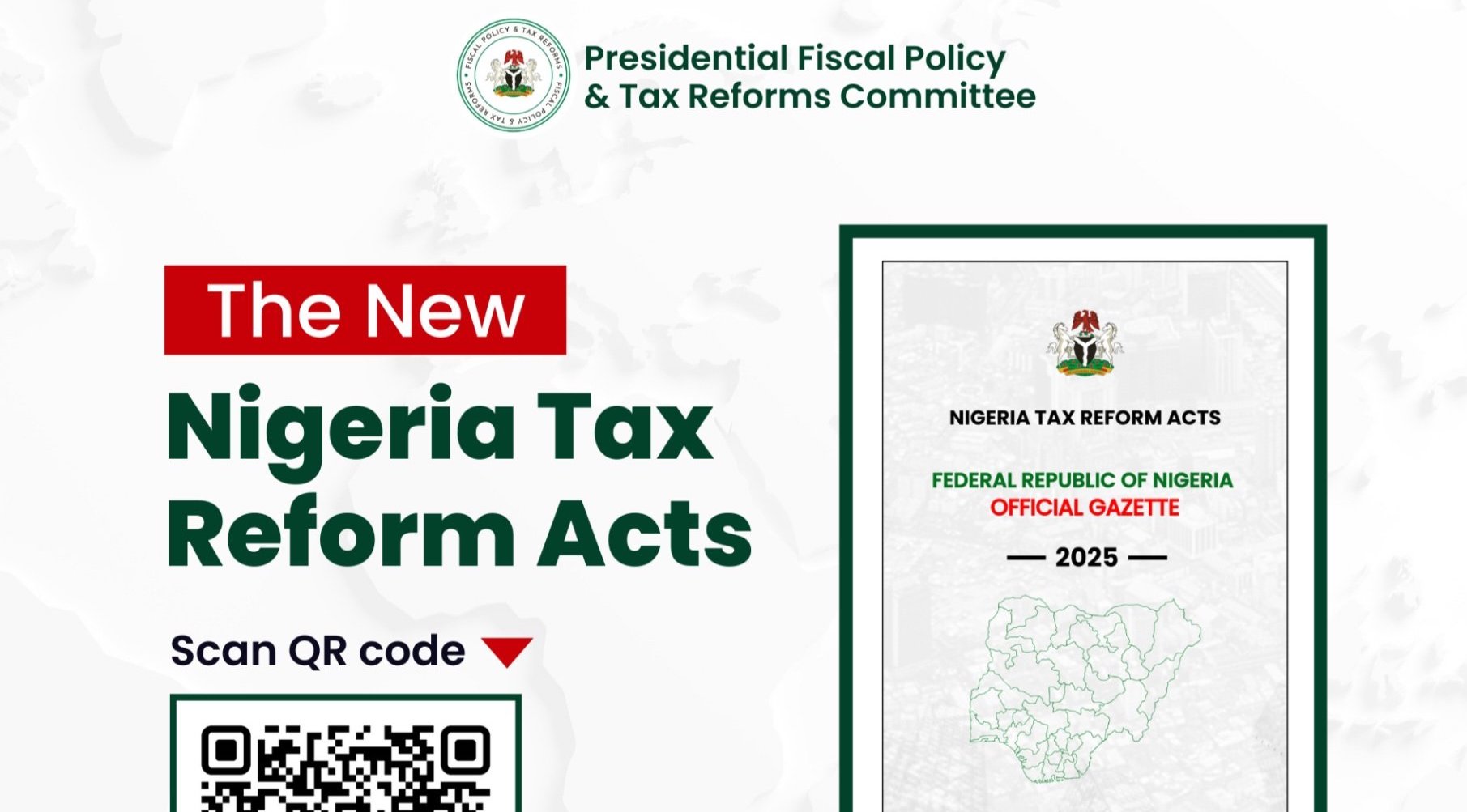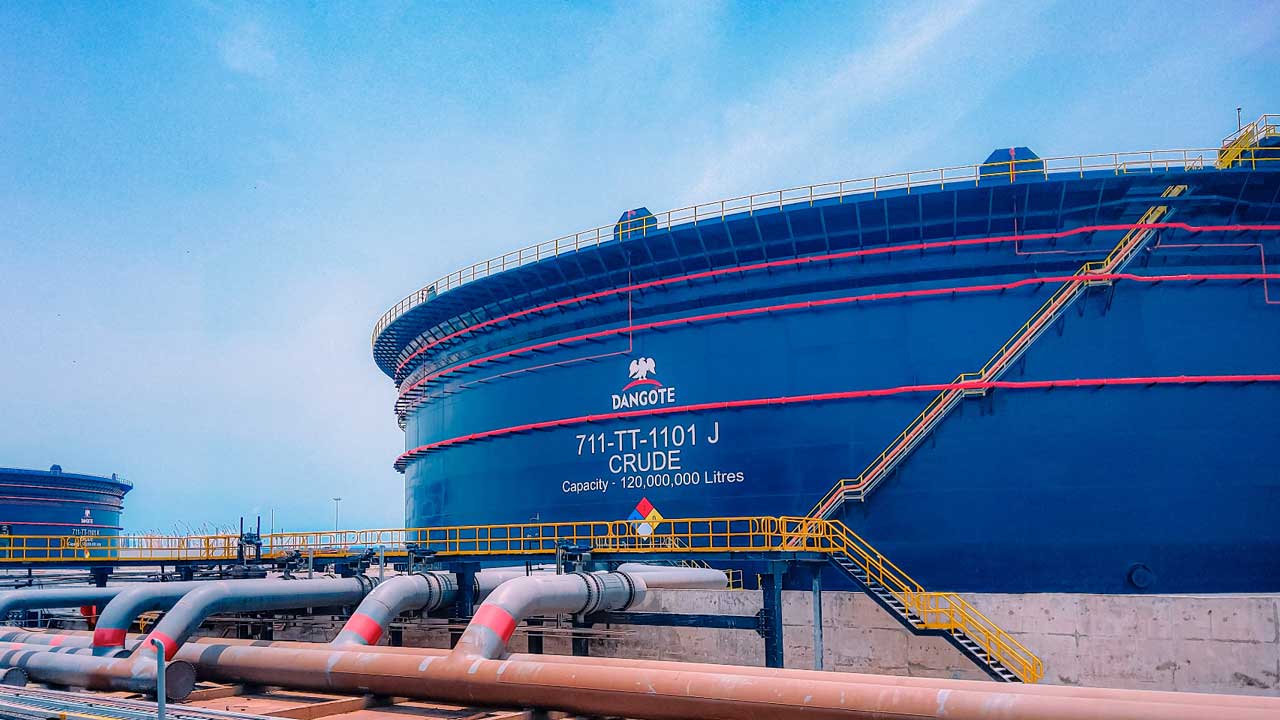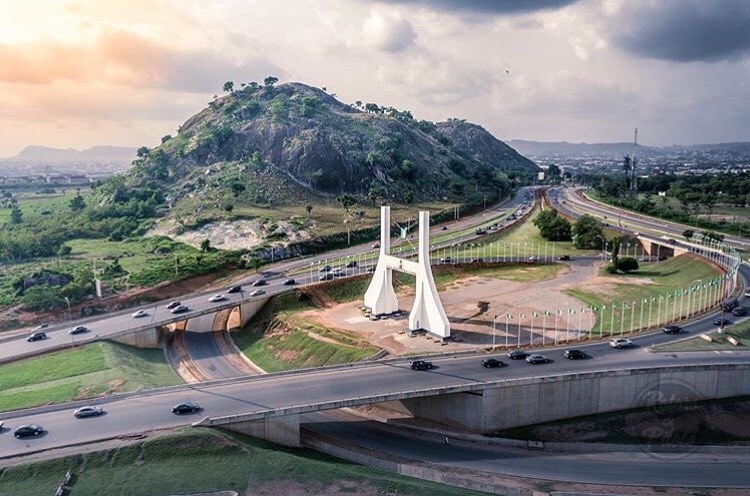Are you aware of the predictions for 2025? Are you aware that by the predictions, most states in the country would experience flooding? Have you followed my focus for the last two weeks on this subject. I am talking about the expected level of flooding this year. If you are a doubting Thomas, I plead with you to repent immediately and be born again
Although I was never a doubter, but I can tell you for free that I have always been an ardent lover and follower of the daily predictions by the Nigerian Meteorological Agency. Without possessing the competence to score the Agency, I can, in a layman language say, that they have been spot-on.
Each time, my phone pops on the weather alert, I watch my activities and movements and I expect you to do the same to guard against unnecessary risks and dangers. During the June meeting of the FCT Chapter of the Nigerian Institute of Public Relations, a presentation titled, ’Beyond the call of duty: How Public Relations tools helped mitigate the impact of Nigeria’s 2012 flood disaster’’ by Dr Ahmed Sajor, reechoed the need to treat these predictions with all sense of seriousness.
Meanwhile, if you spared the time to read through my piece last week, you would have read that the total annual rainfall in Nigeria, is expected to range from 405 mm in the far north to 3010 mm in the coastal region. The prediction is that the annual rainfall total in Borno, Yobe, Sokoto, and Katsina states are likely to be less than 685 mm.
I don’t know what these predictions mean. I am however, told by those who know better that 405mm of rain, which is 40.5 centimeters or 15.94 inches, is a significant amount of rain and would be very dangerous for driving. This magnitude of heavy rainfall, they also told me, can lead to a variety of hazards that severely impact road safety.
Top among these hazards are reduced visibility, slippery roads, hydroplaning (when deep water causes tires to lose contact with the road surface, leading to hydroplaning, where the vehicle skims across the water and becomes uncontrollable). Others, include increased braking distance, flooding and potential for road traffic crashes. In addition, prolonged exposure to heavy rain can also cause damage to vehicles, including rust and electrical issues.
While you are still pondering on the above, please allow me share my personal experience. It was on Friday, May 28th, 2021, a day I hated myself. It was a day I had regrets also. The hatred and regrets were no one’s fault but mine for not trusting the guidance of the Nigerian Meteorological Agency before hitting the road. If you are a resident of the Federal Capital Territory and was on the road during the evening rush hour on the said day, I am sure you would agree with me.
On that faithful day, I left my office for the Friday church service to celebrate with children who were celebrating their week. Just as the service was ending, the heavens opened up. To avoid the inconveniences and risk of driving in the rain especially at night, I hurriedly left the church without the usual pleasantries only to be caught by the heavy rain less than a kilometre from the Church.
Driving on that day was indeed difficult. The first reason was because of poor visibility. The second was because of the bad driving habits, poor usage of headlights especially from Sport utility vehicles with their height advantage over saloon cars among others.
Despite these difficulties, there was a comic but sad sight to being caught in the heavy rains. In my struggle to manoeuvre through the rains and bad driving by some road users, it was relieving seeing multiple cars pulling over especially those who despite their poor learning skills would insist to drive to show off their new car acquisition. There were however some who pulled over because of poor eye sight caused by their stubbornness to drive without prescribed eye glass.
The few like me who dared the blessing from above were compelled to comply with the common-sense speed rule that the Federal Road Safety advocates. In all of the difficulties encountered on that day, it was a delight to see the Kubwa highway free of the usual traffic gridlock which has become common sight in the Federal Capital Territory.
It was however awful seeing multiple vehicles involved in near misses and minor as well as serious crashes with just a few found cooling off by the drains. I know the story in the other parts of the country was almost similar but the simple truth is that the rains are here and we need to take necessary precautions to avoid road traffic crashes and possible deaths.
Driving in the rain, according to the Revised Highway Code is more difficult and hazardous. According to studies, the intensity of illumination needed for a person to see at night roughly doubles every 13years.What this means is that as people get older, they require lighter to see in dim conditions.
One of such research result is that by Thomas Olson and Michael Sivak research conducted in 1988 which found out that the amount of light required to see at night doubles every thirteen years. The research notes that, at 20 years of age, you need 100 percent of light to see, while at 33 years, you will require twice the amount of light used to see at 20.
The preponderant age of drivers on our roads would fall within the second category and most of these drivers within the context of our economy cannot rank among drivers on a balanced diet. It therefore means that a good number of our drivers because of other factors peculiar to us would not even fit into the 1988 conclusions by Olson and Sivac.
The vital lesson however is that we cannot play down the place of visibility. It is safe to drive with your light on when it is raining and at night. Anytime visibility is poor, endeavour to have your headlights on. You must learn to turn your headlights on even if it is only misty. The idea is to increase and improve your visibility as well as other drivers’ ability to see your car on the road.







